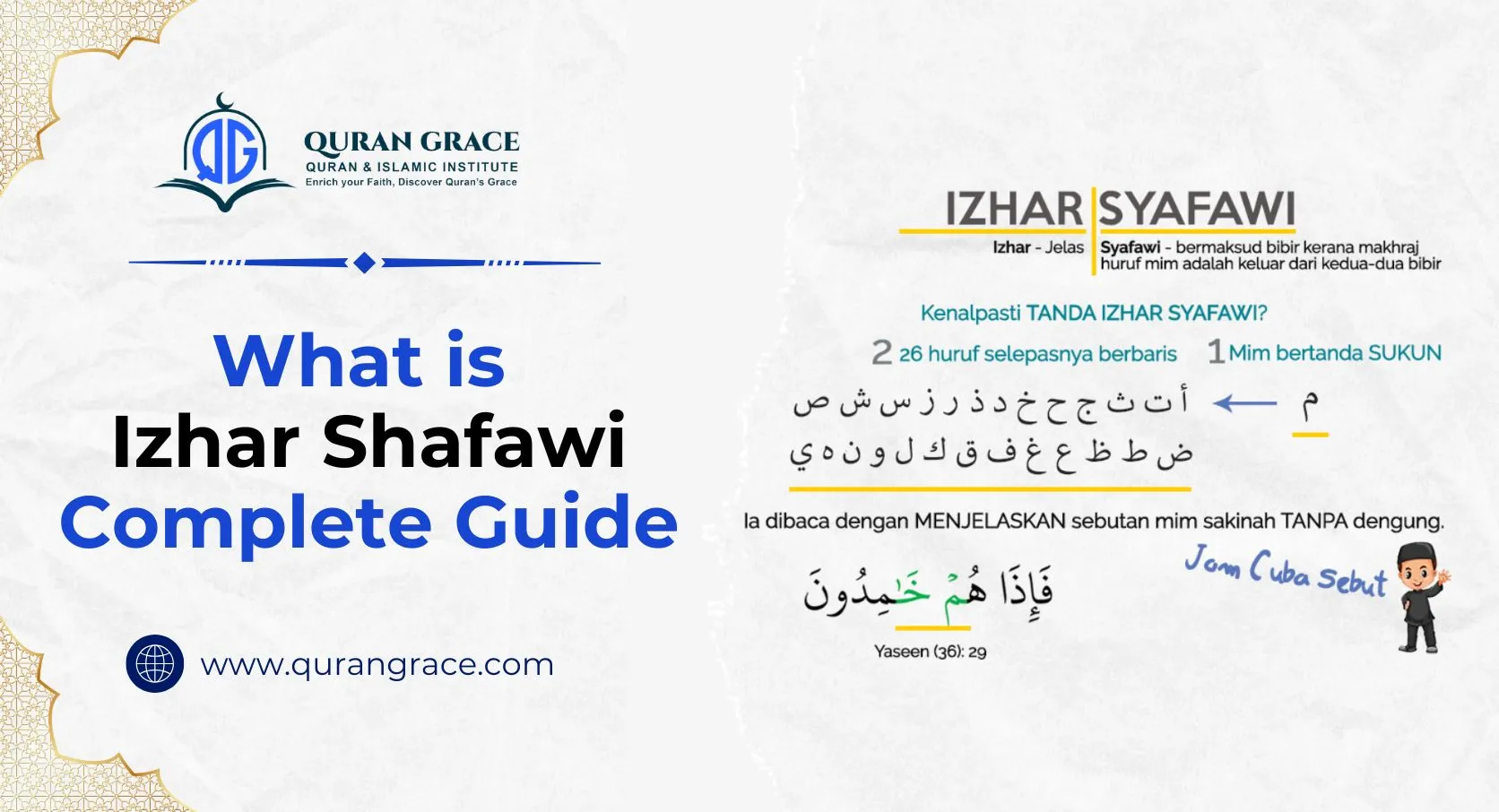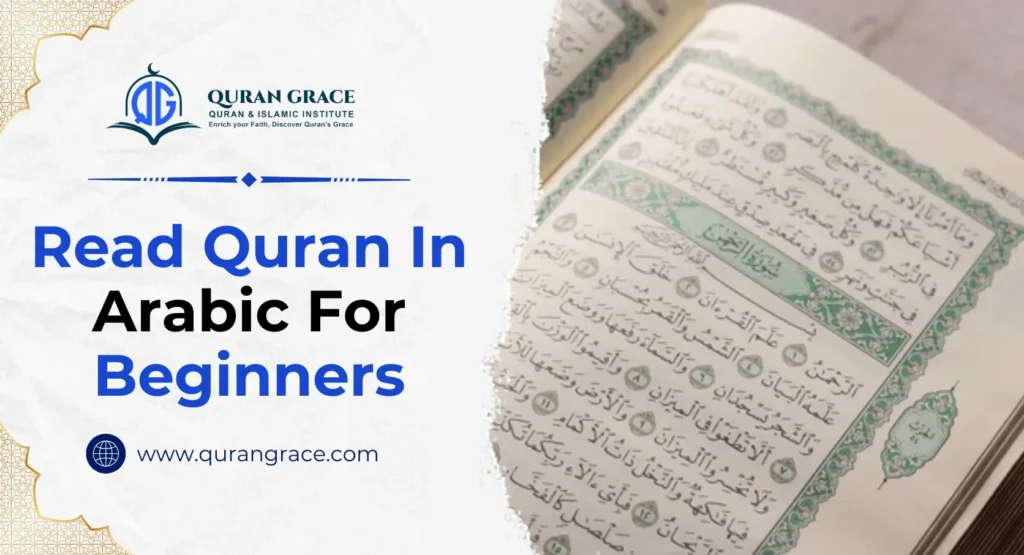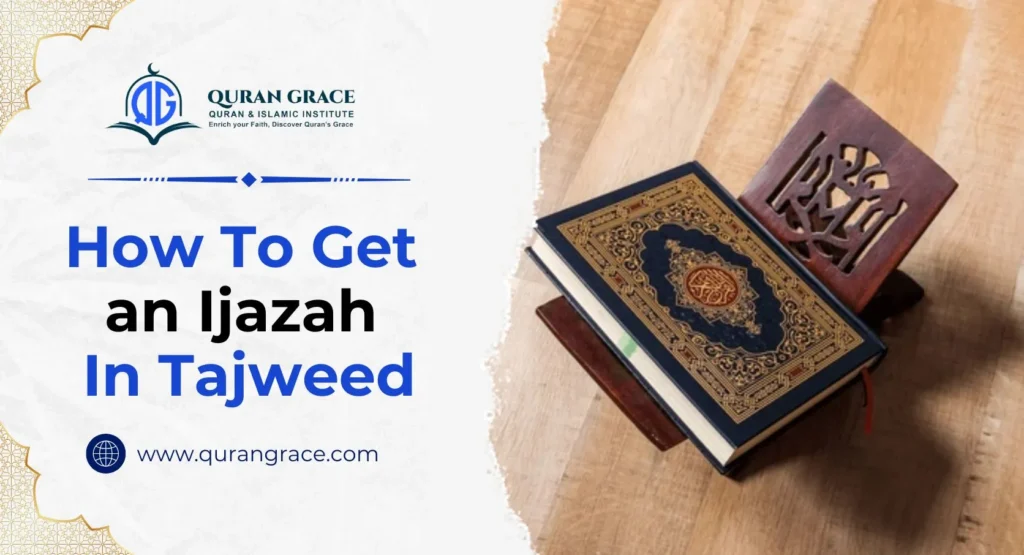Izhar Shafawi is an essential rule in Tajweed, particularly relevant to the pronunciation of “Meem Sakinah,” which is represented as “مْ” and denotes a static or non-voweled Meem. This rule is one of three key rules that govern the proper articulation of Meem Sakinah. In this discussion, we will delve into the intricacies of Izhar Shafawi, exploring its significance and application in the recitation of the Quran. For students enrolled in tajweed classes, understanding Izhar Shafawi is crucial as it builds a strong foundation for correct Quranic recitation and helps avoid common mistakes in pronunciation.
Table of Contents
ToggleWhat is Izhar Shafawi?
Linguistically, “Izhar” (إظهار) means “to make clear,” “to make apparent,” or “to be visible.” “Shafawi” (شفوي) means “lips,” as the lips articulate the letter Meem.
In the context of Tajweed, Izhar Shafawi is the rule that states when a Meem Sakinah (مْ) is followed by any Arabic letter except for the letter Meem (م) or the letter Baa (ب), the Meem Sakinah must be pronounced clearly and distinctly without any nasal sound or Ghunnah.
The Rule and Its Letters
The rule is quite straightforward: when you encounter a Meem Sakinah (مْ) followed by any of the 26 letters of the Arabic alphabet that are not Meem (م) or Baa (ب), you must pronounce the Meem clearly. It is pronounced by closing the lips completely without any blending or nasalization.
It is particularly important to be careful with the letters Waw (و) and Faa (ف) because their articulation points are close to that of Meem. The reciter must ensure that the Meem sound is distinctly voiced before proceeding to the Waw or Faa.
Key Characteristics of Izhar Shafawi
- No Ghunnah: Unlike the other Meem Sakinah rules (Idgham Shafawi and Ikhfaa Shafawi), Izhar Shafawi is recited with no Ghunnah (nasal sound).
- Clear Pronunciation: The Meem Sakinah is pronounced clearly and fully by bringing the two lips together.
- Location: This rule can occur within a single word or across two words.
Examples from the Quran
- “وَأَنْعَمَ عَلَيْهِمْ” (Wa an’ama alaihim) –
The Meem Sakinah in “عليهم” is followed by the letter Ha (ه), so it is pronounced clearly.
- “لَكُمْ دِينُكُمْ” (lakum deenukum) –
The Meem Sakinah in “لكم” is followed by the letter Daal (د), so it is pronounced clearly.
- “فَسُبْحَانَ اللَّهِ حِينَ تُمْسُونَ” (Fasubhan Allah hina tumsoona) –
The Meem Sakinah in “تمسون” is followed by the letter Seen (س), so it is pronounced clearly.
- “Alhamdu lillahi rabbi al’alamin” (Surah Al-Fatiha, 1:2)
The Meem in “Alhamdu” is a Meem Sakinah. It is followed by the letter Dal (د), which is one of the 26 letters of Izhar Shafawi. The Meem is pronounced clearly without a nasal sound.
- “Alam yaj’al kaydahum fi tadlil” (Surah Al-Fil, 105:2)
The Meem in “Alam” is a Meem Sakinah. It is followed by the letter Ya (ي). The Meem is pronounced clearly. Similarly, the Meem in “kaydahum” is a Meem Sakinah, followed by the letter Fa (ف). The Meem is pronounced clearly.
- “Lakum dinukum wa liya din” (Surah Al-Kafiroon, 109:6)
The Meem in “Lakum” is a Meem Sakinah, followed by the letter Dal (د). The Meem is pronounced clearly.
- “Innama nut’imukum liwajhi Allahi la nuridu minkum jazaa’an wa la shukura” (Surah Al-Insan, 76:9)
The Meem in “nut’imukum” is a Meem Sakinah, followed by the letter Lam (ل). The Meem is pronounced clearly.
The Meem in “minkum” is a Meem Sakinah, followed by the letter Jim (ج). The Meem is pronounced clearly.
Important Note: When a Meem Sakinah is followed by the letter Faa (ف) or Waw (و), special care must be taken to ensure the Meem is pronounced clearly. This is because the articulation points of these letters are close to the articulation point of the Meem, and there is a tendency not to fully close the lips.
Conclusion
Izhar Shafawi is a straightforward yet crucial rule in Tajweed that ensures the Meem Sakinah is pronounced clearly from the lips. By mastering this rule, reciters can avoid the common error of adding a nasal sound where none is required. This not only maintains the purity of the Arabic language as revealed in the Quran but also enhances the overall beauty and clarity of the recitation. You can consider joining the Advanced Tajweed course by Quran Grace to understand and master all the Tajweed rules with a free evaluation class at the beginning.








